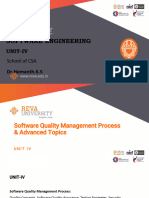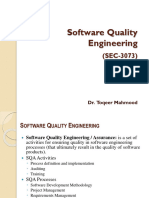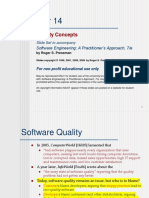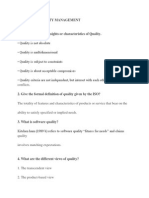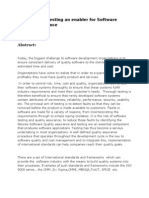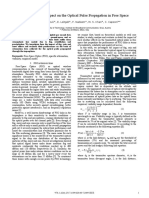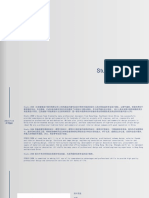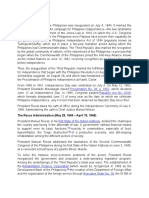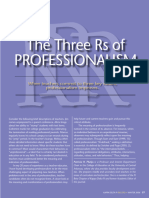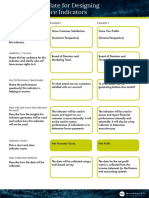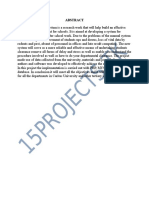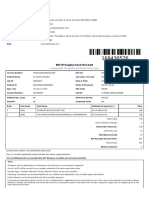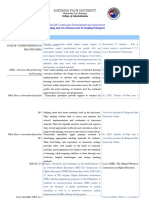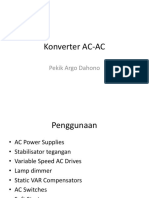0% found this document useful (0 votes)
14 views31 pagesUnderstanding Software Quality
The document discusses software quality, emphasizing its multidimensional nature and the various perspectives from which it can be viewed, including user, manufacturing, product, and value-based views. It outlines key external and internal quality characteristics, techniques for improving software quality, and the roles and responsibilities of different stakeholders in software projects. Additionally, it introduces quality standards and frameworks such as ISO 9126 and the GQM approach for measuring software quality effectively.
Uploaded by
hananmohsan6Copyright
© © All Rights Reserved
We take content rights seriously. If you suspect this is your content, claim it here.
Available Formats
Download as PPTX, PDF, TXT or read online on Scribd
0% found this document useful (0 votes)
14 views31 pagesUnderstanding Software Quality
The document discusses software quality, emphasizing its multidimensional nature and the various perspectives from which it can be viewed, including user, manufacturing, product, and value-based views. It outlines key external and internal quality characteristics, techniques for improving software quality, and the roles and responsibilities of different stakeholders in software projects. Additionally, it introduces quality standards and frameworks such as ISO 9126 and the GQM approach for measuring software quality effectively.
Uploaded by
hananmohsan6Copyright
© © All Rights Reserved
We take content rights seriously. If you suspect this is your content, claim it here.
Available Formats
Download as PPTX, PDF, TXT or read online on Scribd
/ 31











